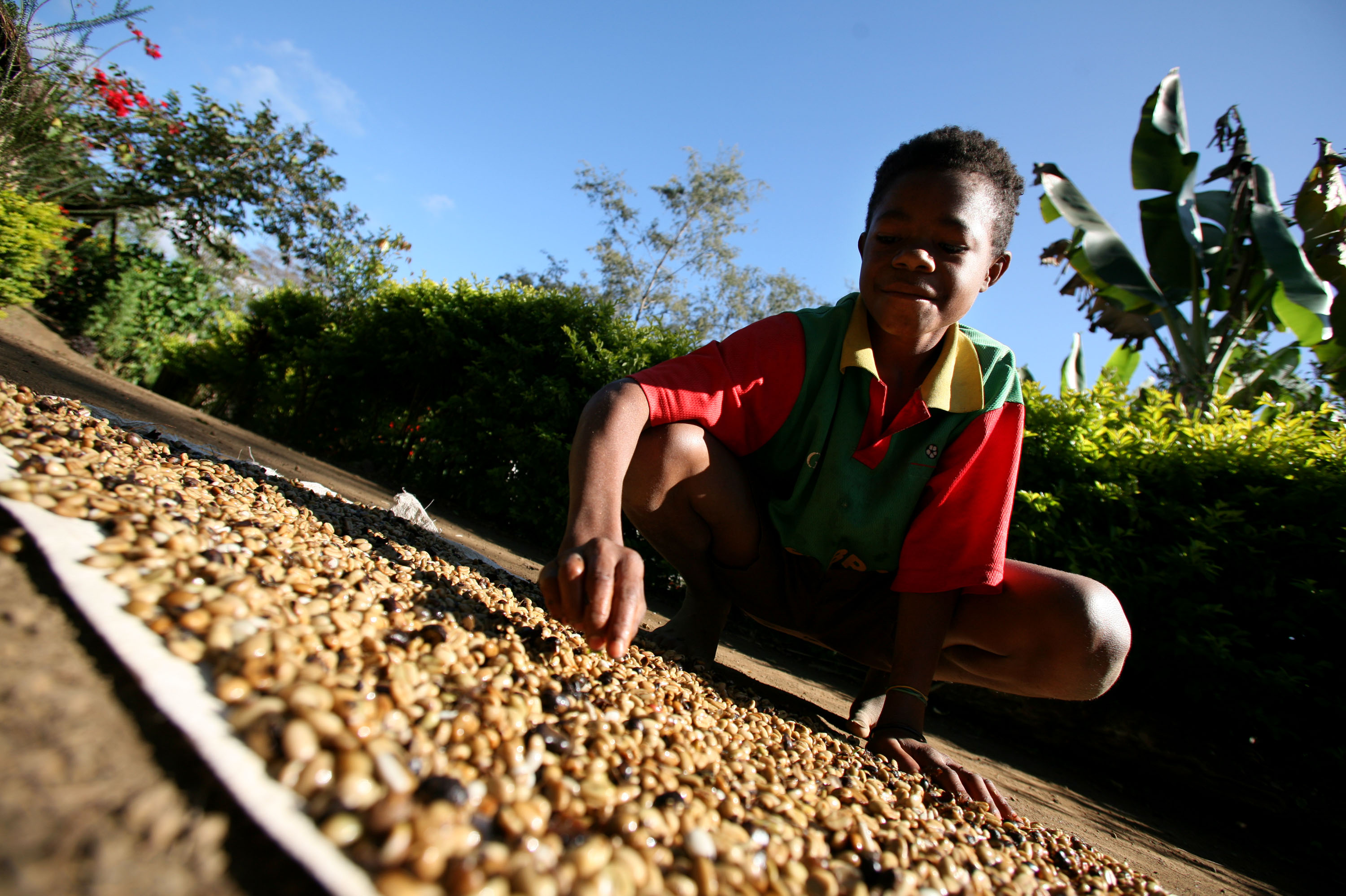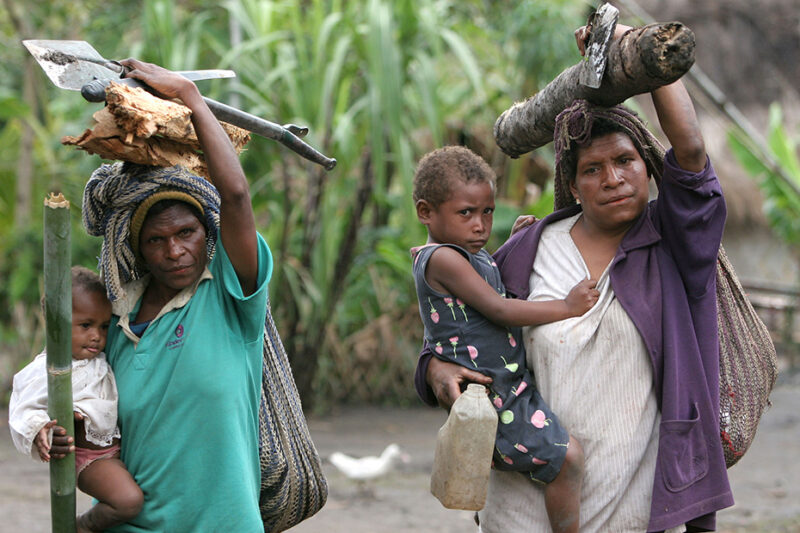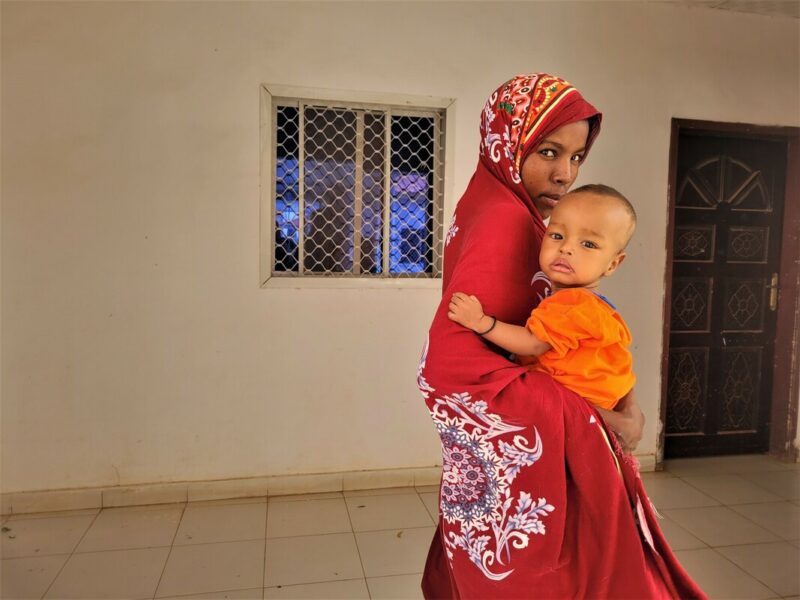CARE Australia has released a unique but bleak report, Rural Poverty in Remote Papua New Guinea, which provides a detailed statistical snapshot of life for remote communities in rural Papua New Guinea (PNG).
The report, which is a result of collaboration between CARE Australia and the Australian National University’s Development Policy Centre, highlights the ongoing issue of disadvantage in an area which is home to 15 percent of the country’s population.
There has, up until now, been little data of this nature focused on these remote areas and this report highlights the situation and the importance of reaching those remote communities. The report examines research going back almost 40 years and draws on five influential studies which suggest a strong regional disadvantage and show relatively little change in the poorest areas over this time.
Report findings:
Research suggests that Obura-Wonenara District in the Eastern Highlands has consistently been amongst the most disadvantaged districts in Papua New Guinea. Yelia Local Level Government Area is part of this remote district. The people of Yelia face high levels of risk, particularly to their food security. This is exacerbated by isolation, the lack of alternative income sources, and the lack of options afforded to them through their low levels of education.The area is very remote – part of the district is accessible only by air and villages are spread out with households separated by a 20-30 minute walk. The closest markets are in Menyamya, which is a two day walk away from some parts of Yelia.
The majority of households live within a 60-minute walk of a health facility and community schools in the district only go up to grade 6. Seventy one per cent of the surveyed population had no schooling at all, and the literacy rates showed that only 19 per cent of women and 36 per cent of men could read.
The data on nutrition raises the possibility that this population is chronically malnourished. Families eat two or only one meal a day on average. The households surveyed lacked animal and vegetable protein – meals mainly consisted of sweet potato, banana and taro.
Data on health indicators, including maternal and child mortality are difficult to collect in household surveys. In Yelia, it was not possible to get an accurate estimate of maternal mortality. For under five mortality the rate of actual deaths reported was 191 per 1,000 live births. This should raise alarm bells. If we compare this figure to countries, it would be the highest figure in the world.
In Yelia the focus is on securing sufficient food, especially during dry seasons from June to September and again while waiting for the gardens to establish. The main threats to food security are environmental. In Yelia, heavy rain is known to cause destruction of assets such as food gardens, bridges and houses. Yet the majority focused on preparing for drought and water stress. One response to food security issues is to use cash to purchase food. However, in Yelia there are very few opportunities to earn cash. While coffee provided income opportunities for some, very few were gaining reasonable incomes from it.

The research in Yelia highlights that there is still much that we don’t understand about the circumstances faced by people living in remote rural communities in Papua New Guinea. Of particular concern is that we don’t have accurate data on maternal mortality rates (Note: the data collected in the DHS conducted in 2006 is considered unreliable). We also don’t have accurate data on infant and under-five mortality. On the issue of nutrition, the last study of malnutrition in children in Papua New Guinea was almost thirty years ago.
There is also much more than we should understand about the risks and coping mechanisms of people living in remote rural places like Yelia. This report should be a call to action to government and civil society that communities such as Yelia should not be overlooked just because they are out of sight.
The baseline survey was part of CARE’ Integrated Community Development Program which is funded by the Australian Government’s overseas aid program.
Find out more about CARE’s work in Papua New Guinea.


